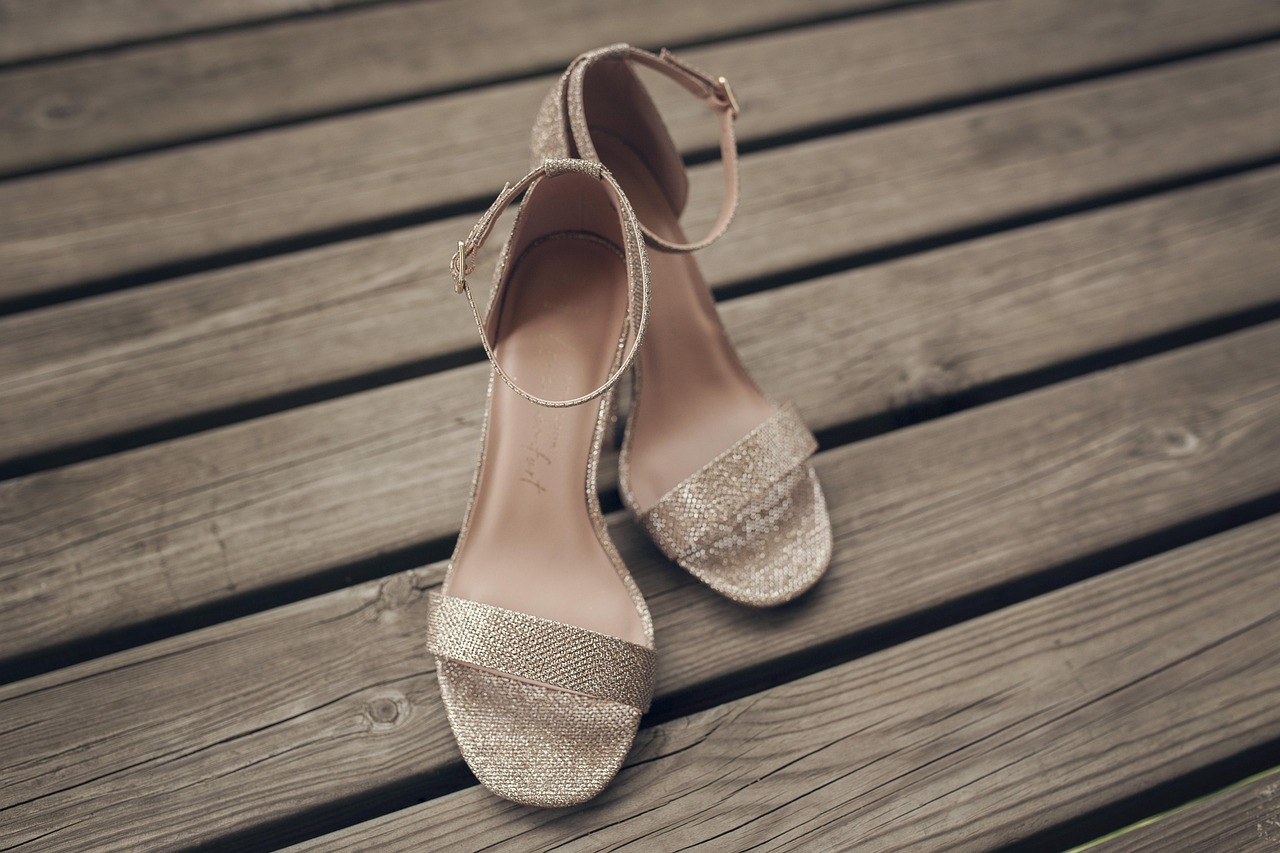It was a steamy evening in the upper room of a local smoke shop, where I attended my first West Coast Swing lesson. The wooden floors carried the faint scent of tobacco, and the dim lighting gave the room a cozy, almost clandestine feel. People were chatting and stretching, some reviewing footwork in the mirrors, while others adjusted their dance shoes. I had danced before, plenty of times, but that night, stepping into the world of West Coast Swing, I felt completely out of place.
I was uncomfortable.
I told myself it was normal, that everyone felt awkward at their first class. But deep down, I was wrestling with something much bigger than just being new to a dance style. I had years of experience in other forms of partner dancing—salsa, tango, even ballroom—but somehow, all that confidence disappeared the moment I stepped onto the dance floor for my first West Coast Swing rotation.
I had self-doubt.
“I don’t know what I’m doing,” I confessed to my first dance partner. He smiled, patient, reassuring. I executed the move as best as I could.
“This is my first West Coast Swing lesson,” I told my next partner. Again, I followed the instruction, stepping through the rhythm, hoping my feet wouldn’t betray me.
The class followed this cadence for a solid hour. Partner after partner, rotation after rotation. Each time, I found myself repeating the same words, as if announcing my inexperience would somehow shield me from judgment. I felt like I was struggling more than I should have been.
I was too hard on myself.
It wasn’t just about the mechanics of the dance. I lacked confidence, sure. But the real issue was deeper than that—I was holding myself to an impossible standard.
The reality was different from what my inner critic was telling me. Here’s a look at what I knew:
- Experience. I had been dancing partner dances, at least fifteen different styles, for about seven years. That had to count for something.
- Trust. I knew how to follow a partner’s lead in every dance I had learned before. West Coast Swing was no different in that respect. I just had to trust my partner, trust my body, and let go.
- Adapt. Many of the dances I knew shared similar elements—footwork, frame, rhythm. The challenge wasn’t my ability; it was my mindset. If I let myself, I could adapt on the spot.
That night, I learned something far more valuable than a new dance move.
I learned to practice self-compassion.
I needed to stop underestimating myself. I needed to remind myself that I was a fantastic dancer. My body knew how to move, and I had the ability to grow into this new style.
The following week, I decided to change my approach. I let go of the self-judgment. I embraced the learning process.
My steps felt lighter.
I stopped overthinking.
I lost myself in the music.
As it turns out, that ended up being the real lesson.
